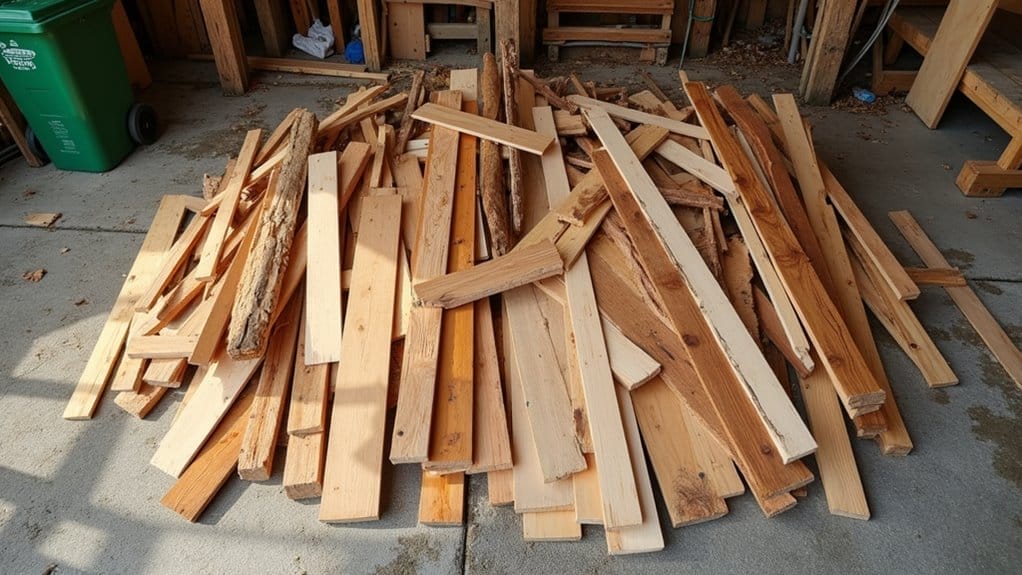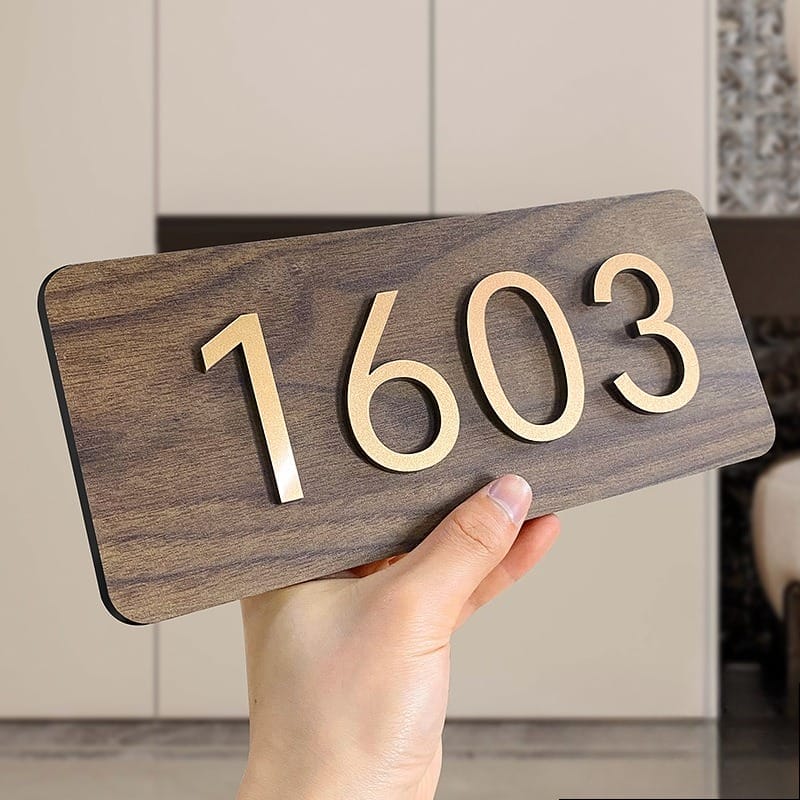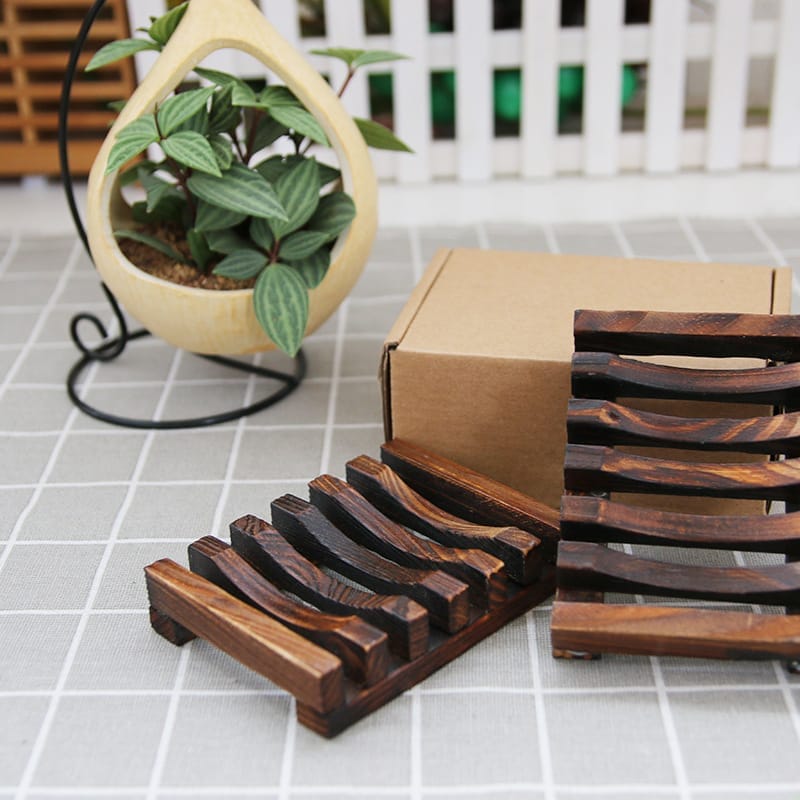You’ve probably wondered what to do with that pile of old lumber or those wooden pallets taking up space in your garage. While wood recycling is not as straightforward as sorting plastic or glass, you can recycle specific types of wood products that are wood recyclable. The key lies in understanding which materials are acceptable and which contain harmful chemicals that make recycling impossible. Let’s explore the distinctions that determine whether your wood waste becomes valuable recycled material or ends up in a landfill.
Key Takeaways
- Untreated wood products like raw lumber, clean pallets, and natural furniture can be recycled into mulch, compost, or new materials.
- Treated wood containing toxic chemicals cannot be recycled through standard methods and requires special disposal procedures.
- Most recycling facilities accept clean, natural wood but require separate drop-offs rather than curbside collection.
- Industrial wood recycling processes convert acceptable wood into useful products like particleboard, biomass fuel, and landscaping materials.
- Engineered woods such as plywood, pressure-treated lumber, and chemically finished wood products are typically non-recyclable.
Can You Recycle Wood Products?

Wondering about wood recycling? You can recycle wood products, but it’s crucial to understand which types are acceptable.
Untreated wood is highly recyclable and can be transformed into mulch or compost. However, treated wood requires special handling due to chemical contamination.
When you’re ready to recycle wood waste, separate treated from untreated materials. Clean, natural wood products are welcome at most recycling facilities, while chemically-treated items may need alternative disposal methods.
Look for local facilities that specifically handle wood recycling, as they’ll have the proper equipment and expertise to process different wood types effectively.
Types of Wood That Are Recyclable

When you’re looking to recycle wood, untreated lumber offers the most straightforward path since it’s free from chemicals and can be processed into mulch, particle board, or biofuel.
In contrast, treated wood containing preservatives, paints, or varnishes presents significant recycling challenges due to its chemical content and often requires specialized disposal methods.
You’ll find that specific wood types, including raw lumber, fallen trees, clean pallets, and unpainted furniture, maintain the highest recyclability value, while engineered woods like MDF and pressure-treated lumber typically can’t enter standard recycling streams.
Untreated Wood: A Recyclable Option
Among all wood products, untreated wood stands as the most recyclable option due to its natural, uncontaminated state. You’ll find that clean wood is readily accepted at any wood recycling facility, making it the preferred recyclable material for waste management systems.
| Wood Type | Recyclability | Processing Method |
|---|---|---|
| Raw Lumber | High | Direct Chipping |
| Natural Logs | High | Grinding/Mulching |
| Bare Timber | High | Shredding |
When you’re sorting wood for recycling, untreated wood doesn’t require extensive cleaning or decontamination, unlike hazardous wood that’s been treated with chemicals. This makes the recycling process more efficient and cost-effective, distinguishing it from non-recyclable wood varieties that often end up in landfills.
Treated Wood: Challenges in Recycling
Unlike its untreated counterpart, treated wood presents significant recycling obstacles due to its chemical composition and potential environmental hazards.
When you’re dealing with treated wood, you’ll encounter materials containing toxic chemicals like chromated copper arsenate (CCA) and creosote, which severely limit their recycling potential.
Most recycling centers won’t accept treated wood due to its contaminant status. You’ll need to focus on proper disposal methods instead of traditional recycling.
The hazardous nature of these materials requires specialized handling at designated facilities that can safely manage the recycling challenges posed by chemical treatments.
Always check local regulations for treated wood disposal guidelines.
Different Types of Wood and Their Recyclability
Most wood products you’ll encounter can be recycled, but their recyclability varies considerably based on composition and previous treatments. Understanding different types of wood and their disposal options helps you make environmentally responsible decisions about wood waste management.
Common recyclable wood types include:
- Untreated lumber and timber from construction sites
- Clean wooden pallets and shipping crates
- Natural wood furniture without finishes
- Raw wood scraps from carpentry
Non-recyclable wood typically requires specialized disposal due to treatments or composition.
While curbside recycling rarely accepts wood, many recycling facilities process specific wood types.
Consider repurposing non-recyclable wood through DIY projects when possible.
The Recycling Process for Wood Products

When you’re ready to recycle wood products, you’ll find that collection begins with strategically placed drop-off points at recycling centers, construction sites, and municipal waste facilities.
At these centers, trained staff sort the wood waste into distinct categories based on treatment levels and material composition, removing contaminants like nails, paint, and chemical residues.
The sorted wood then undergoes mechanical processing through industrial grinders and chippers, transforming it into raw materials for new products such as particleboard, mulch, or biomass fuel.
Collection for Wood Waste
The collection of wood waste begins at three primary sources: construction sites, manufacturing facilities, and municipal disposal centers.
You’ll find that curbside recycling programs often don’t accept wood for recycling, requiring special collection days or drop-offs at your local wood recycling center.
When disposing of scrap wood, remember these essential guidelines:
- Separate treated or painted wood from clean lumber
- Check wood waste regulations for your area
- Break down large pieces into manageable sections
- Contact specialized haulers for bulk collections
Recycling wood isn’t always straightforward, but proper sorting at collection points guarantees maximum recovery rates and minimizes contamination risks.
Sorting and Processing at Recycling Centers
Inside recycling facilities, sophisticated sorting systems separate wood materials into distinct processing streams based on their composition and contamination levels.
You’ll find treated and untreated wood being carefully segregated to prevent cross-contamination, as treated lumber requires specialized handling due to chemical content.
Advanced machinery then removes contaminants like nails, screws, and non-wood materials.
Once cleaned, the wood undergoes mechanical processing where industrial grinders transform it into wood chips of various sizes.
These chips are then sorted by quality and size, with untreated wood typically destined for mulch or particle board production, while treated wood follows strict disposal protocols.
Transforming Wood Waste into Recycled Products
Following careful sorting and cleaning, recycled wood undergoes a multi-stage transformation process to create valuable new products. The process wood facilities employ converts various types of wood into usable materials, reducing the need for virgin timber.
Common products made from recycled wood include:
- Engineered wood panels and particle board
- Mulch and animal bedding
- Biomass fuel for energy generation
- Custom furniture and decorative items
While wood that can’t be recycled due to chemical treatment requires special disposal, most clean wood is recyclable through industrial grinding and processing.
This transformation supports sustainable manufacturing while diverting substantial waste from landfills.
How to Dispose of Old Wood

To locate wood recycling facilities in your area, you’ll need to search municipal waste management websites or contact local environmental agencies that maintain databases of certified recycling centers.
For wood that can’t be recycled, such as chemically-treated lumber or composite materials, you should consult your area’s hazardous waste guidelines to guarantee proper disposal at designated facilities.
If the wood isn’t contaminated with chemicals, you can repurpose it through community programs, artist collectives, or home improvement projects that extend its useful life while keeping it out of landfills.
Finding Local Wood Recycling Centers
Locating a reliable wood recycling center requires strategic research and careful consideration of facility capabilities.
You’ll need to verify which types of wood they accept since not all wood is recyclable. Local recycling centers often specialize in specific disposal options for both treated and untreated materials.
To find centers that accept reused wood near you:
- Search online municipal waste databases for authorized facilities
- Contact your local waste management authority for approved wood recycling locations
- Check construction recycling directories for specialized wood disposal services
- Consult environmental agencies for centers handling treated wood pieces
Always confirm the center’s requirements before transporting materials, as acceptance criteria vary by location.
What to Do with Non-Recyclable Wood
Several disposal methods exist for non-recyclable wood that can’t be processed through traditional recycling centers.
If you’re dealing with treated lumber, you’ll need to dispose of it at specialized facilities that handle non-recyclables, as these materials contain harmful chemicals that shouldn’t enter compost piles or standard recycling programs.
Consider repurposing non-recyclable wood through DIY projects like garden borders or decorative pieces.
If that’s not feasible, your local landfill may accept treated wood waste.
Maintain awareness of disposal regulations, as they vary by region.
Some areas offer specific collection services for treated lumber to guarantee proper environmental handling.
Benefits of Recycling Wood

When you recycle wood, you’re actively reducing greenhouse gas emissions by preventing organic material decomposition in landfills and decreasing the demand for virgin timber harvesting.
Your participation in wood recycling helps preserve forest ecosystems, as each ton of recycled wood saves 17 trees and creates sustainable raw materials for new products like particle board, mulch, and biomass fuel.
Through creative reuse projects, you’ll extend the lifecycle of existing wood products while supporting a circular economy that generates employment opportunities in the recycling sector and reduces waste management costs for communities.
Environmental Impact of Wood Recycling
The environmental benefits of wood recycling extend far beyond simple waste reduction, impacting multiple ecosystems and climate factors simultaneously.
When you recycle wood, whether hardwood or softwood, you’re actively contributing to several ecological advantages.
Key environmental impacts of wood recycling include:
- Reducing deforestation rates by decreasing demand for virgin timber
- Lowering carbon emissions as recycled wood requires less processing energy
- Minimizing landfill usage, which helps prevent soil and water contamination
- Converting treated wood into biomass fuel, providing renewable energy alternatives
Reusing Wood: Creative Ideas and Benefits
Repurposing wood materials offers significant economic and environmental advantages while fostering creative sustainability solutions.
You’ll find that reusing wood through home improvement projects diverts waste from landfills and reduces the demand for virgin timber. Grade B wood can be transformed into new furniture, while clean wood waste becomes animal bedding or biomass for energy production.
Don’t place wood in your curbside recycling bin; instead, explore creative reuse options.
Wood recycled through proper channels saves 60% more energy than producing new materials. By participating in wood recycling initiatives, you’re contributing to a circular economy that preserves natural resources.
Frequently Asked Questions
How Long Does Recycled Wood Last Compared to New Wood Products?
You’ll find recycled wood’s durability matches new wood products when properly treated and maintained. Your recycled lumber can last 20-50 years, depending on environmental conditions, usage, and protective treatments you’ve applied.
What Certifications Should I Look for When Buying Recycled Wood Products?
Look for FSC Recycled, SFI Certified, and PEFC certifications on recycled wood products. You’ll also want to check for EPA compliance and any regional eco-labels that verify sustainable sourcing and processing methods.
Can Termite-Infested Wood Be Recycled Safely?
You shouldn’t recycle termite-infested wood, as it can spread infestation to other materials. Instead, you’ll need to incinerate it at high temperatures or have it professionally treated to eliminate the pest problem.
How Much Does It Cost to Recycle Wood Versus Sending It to Landfills?
You’ll typically save 20-30% by recycling wood versus landfill disposal. While recycling costs average $30-50 per ton, landfill fees range from $50-70 per ton, plus additional transportation and sorting expenses.
Are There Tax Incentives Available for Businesses That Recycle Wood Materials?
You’ll find various tax credits and deductions for wood recycling initiatives at federal, state, and local levels. Contact your tax professional to explore available incentives like Section 179D and waste reduction tax benefits.
Conclusion
You’ll find that recycling wood products requires careful consideration of material types and processing methods. While clean, untreated wood enters the circular economy through mulching and biomass conversion, chemically-treated products demand alternative disposal routes. By properly sorting and recycling eligible wood materials, you’re reducing landfill burden by up to 20% and contributing to resource conservation. Your diligence in wood recycling supports sustainable waste management practices.






































